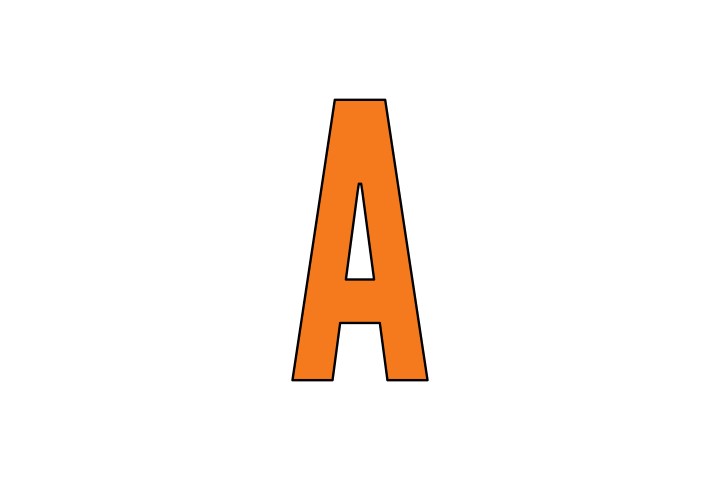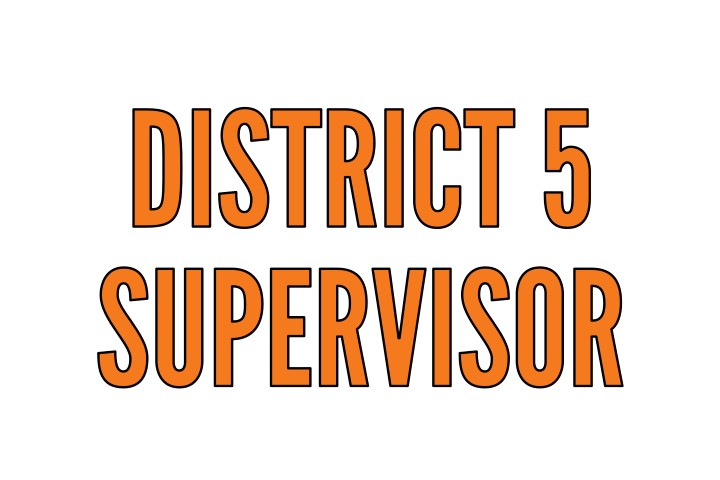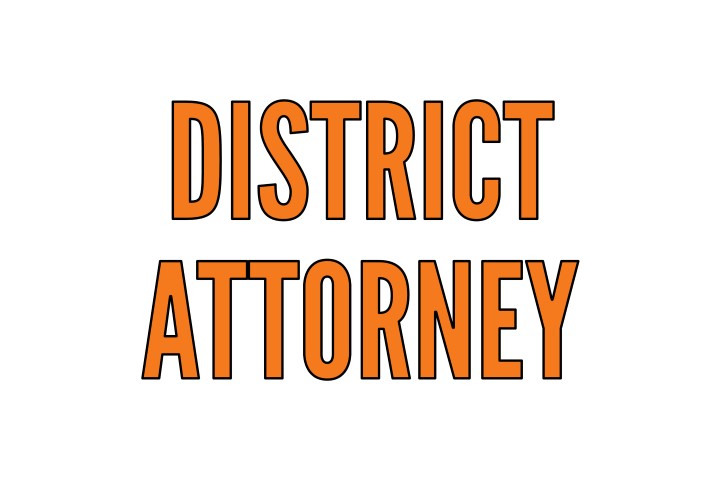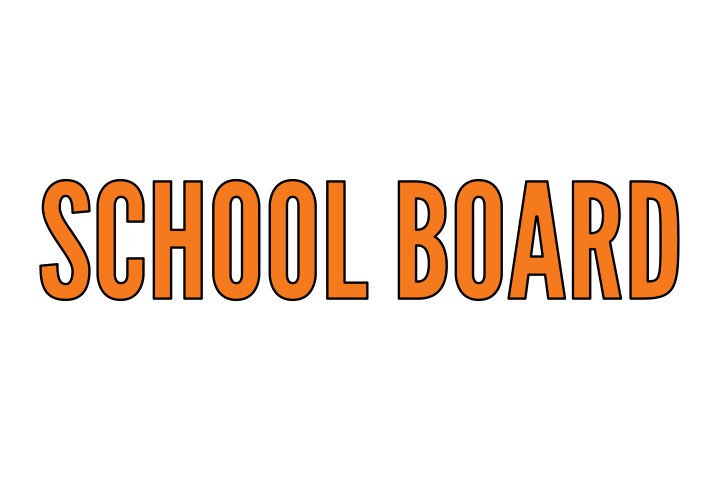Propositions A to F, Supervisor District 5, School Board, District Attorney, Other Races
Voters will decide which direction the city takes on approving and financing affordable housing, renaming a city department, taxing ride-hailing services, how e-cigarettes should be regulated and what political donors should disclose in local elections.
Below, you’ll find summaries of the measures and races as well as extended descriptions from “Civic,” our radio program and podcast, and commentary from “Civic” guests.
Ballot Propositions
 This is a proposal for the city to issue $600 million in bonds to build and preserve affordable housing, which is rented or sold at prices below the market rate. … Learn more
This is a proposal for the city to issue $600 million in bonds to build and preserve affordable housing, which is rented or sold at prices below the market rate. … Learn more
 This ballot measure would change the name of an established city department, the Department of Aging and Adult Services, to signal to people with disabilities that this department also exists to serve them. … Learn more
This ballot measure would change the name of an established city department, the Department of Aging and Adult Services, to signal to people with disabilities that this department also exists to serve them. … Learn more
 If passed, this ballot measure would overturn and replace existing e-cigarette restrictions in San Francisco. Current restrictions include a ban, which goes into effect in January 2020, on the sale of any non-FDA-approved e-cigarette products … Learn more
If passed, this ballot measure would overturn and replace existing e-cigarette restrictions in San Francisco. Current restrictions include a ban, which goes into effect in January 2020, on the sale of any non-FDA-approved e-cigarette products … Learn more
 Legislators initially tried to take aim at Uber and Lyft with a gross receipts tax, a tax on company revenue. But after weeks of negotiations, that proposal gave way to what is now Proposition D, which the companies support. … Learn more
Legislators initially tried to take aim at Uber and Lyft with a gross receipts tax, a tax on company revenue. But after weeks of negotiations, that proposal gave way to what is now Proposition D, which the companies support. … Learn more
 Where Proposition A seeks to inject money into affordable housing, Proposition E seeks to streamline the process of approving it. If passed, Prop. E would legalize the construction of “affordable housing” and “educator housing” on public land. … Learn more
Where Proposition A seeks to inject money into affordable housing, Proposition E seeks to streamline the process of approving it. If passed, Prop. E would legalize the construction of “affordable housing” and “educator housing” on public land. … Learn more
 This would increase regulations on campaign contributions in city elections. Corporations are already barred from donating to campaigns, but Prop. F would extend that ban to other entities: limited liability companies and limited partnerships. … Learn more
This would increase regulations on campaign contributions in city elections. Corporations are already barred from donating to campaigns, but Prop. F would extend that ban to other entities: limited liability companies and limited partnerships. … Learn more
Local Races to Watch
 Three challengers are running against Supervisor Vallie Brown, who previously served as Mayor London Breed’s aide and was appointed by the mayor in July. We conducted interviews with … Learn more
Three challengers are running against Supervisor Vallie Brown, who previously served as Mayor London Breed’s aide and was appointed by the mayor in July. We conducted interviews with … Learn more
 The Public Press hosted a forum with all four candidates running for the post of district attorney, the county’s chief prosecutor. This is an unedited recording of the event.
The Public Press hosted a forum with all four candidates running for the post of district attorney, the county’s chief prosecutor. This is an unedited recording of the event.
 Two challengers are running against Jenny Lam, who holds one of seven seats on the city’s Board of Education. Lam serves as the mayor’s education adviser, and was appointed to the board in January. Candidates Kirsten Strobel and Bobby Coleman entered … Learn more
Two challengers are running against Jenny Lam, who holds one of seven seats on the city’s Board of Education. Lam serves as the mayor’s education adviser, and was appointed to the board in January. Candidates Kirsten Strobel and Bobby Coleman entered … Learn more
Other Local Races
The races for several elected offices have either only one contender — like Paul Miyamoto, who is running unopposed for sheriff, or José Cisneros, the only candidate for treasurer — or only one well-financed contender who is widely expected to win. Mayor London Breed is running for re-election against five challengers, none of whom have experience holding political office or attracted significant financial backing. “Civic” talked with San Francisco State University associate professor of political science Jason McDaniel about these races, their significance, and why so many candidates are running without formidable opposition.
How Voting Works in SF
Staff from the San Francisco Department of Elections explain the new voting machines, ballots, and transparency measures voters can expect to see this November.
Though the city has long used a ranked-choice voting system, prior ballots couldn’t accommodate more than three choices. Now, voters can rank up to 10. Jason McDaniel, associate professor of political science at San Francisco State University, has studied ranked-choice voting and its effect on participation. He lays out the pros and cons of the system.
FairVote, an organization that advocates for ranked-choice voting, argues that the system is an improvement on the previous “runoff” system that required voters to cast ballots a second time in close races.
It used to be the case that only three in five voters would return to the December runoff,” said Pedro Hernandez, senior policy coordinator for FairVote. The organization published its own findings in 2018 indicating that ranked-choice voting improved participation in runoffs by incorporating runoffs into the initial vote. This is why it is also known as an “instant runoff” system.






